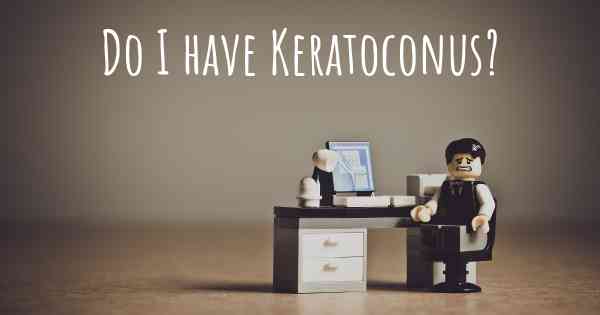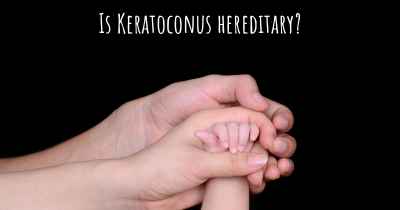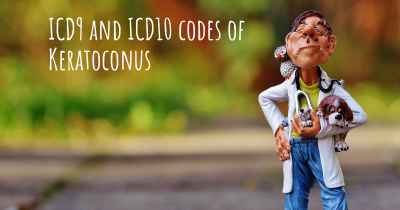How do I know if I have Keratoconus?
What signs or symptoms may make you suspect you may have Keratoconus. People who have experience in Keratoconus offer advice of what things may make you suspicious and which doctor you should go to to receive treatment

Keratoconus is a progressive eye disorder that affects the shape and structure of the cornea, causing it to thin and bulge into a cone-like shape. It usually begins during teenage years or early adulthood and may gradually worsen over time. Detecting keratoconus in its early stages is crucial for timely treatment and management of the condition.
Signs and Symptoms: Keratoconus often leads to visual disturbances and changes in vision quality. While the symptoms may vary from person to person, some common signs to look out for include:
- Blurred or distorted vision: Objects may appear blurry, hazy, or distorted, especially at a distance.
- Increased sensitivity to light: Bright lights may cause discomfort or glare.
- Frequent changes in eyeglass prescription: The need for updated prescriptions may become more frequent as the cornea shape changes.
- Difficulty with night vision: Nighttime driving or low-light conditions may become more challenging.
- Eye strain and irritation: Eyes may feel tired, itchy, or irritated, particularly after prolonged visual tasks.
Diagnosis: If you experience any of the above symptoms, it is important to consult an eye care professional for a comprehensive eye examination. The diagnosis of keratoconus typically involves the following steps:
- Medical history: Your eye doctor will inquire about your symptoms, family history, and any previous eye conditions.
- Visual acuity test: This standard eye chart test measures how well you can see at various distances.
- Refraction test: By using a phoropter, your eye doctor determines the appropriate lens prescription to correct your vision.
- Corneal mapping: This test, known as corneal topography, creates a detailed map of the cornea's shape and detects any irregularities.
- Pachymetry: It measures the thickness of your cornea using a specialized ultrasonic probe.
- Slit-lamp examination: Your eye doctor examines the front part of your eye, including the cornea, using a slit-lamp microscope.
Treatment: If diagnosed with keratoconus, various treatment options are available depending on the severity of the condition. These may include:
- Prescription eyeglasses or contact lenses: Initially, your eye doctor may prescribe glasses or soft contact lenses to correct vision.
- Gas permeable contact lenses: These specialized rigid lenses help to create a smoother corneal surface and improve vision.
- Corneal cross-linking: This procedure involves applying special eye drops and exposing the cornea to ultraviolet light to strengthen its collagen fibers and halt the progression of keratoconus.
- Intacs: These are small, crescent-shaped inserts surgically placed in the cornea to flatten and reshape it, improving vision.
- Corneal transplant: In severe cases where other treatments are ineffective, a corneal transplant may be necessary to replace the damaged cornea with a healthy donor cornea.
Remember, only an eye care professional can provide an accurate diagnosis of keratoconus. If you suspect you may have this condition, it is essential to schedule an appointment with an optometrist or ophthalmologist for a comprehensive eye examination.
Posted Nov 2, 2017 by Terry 3050








